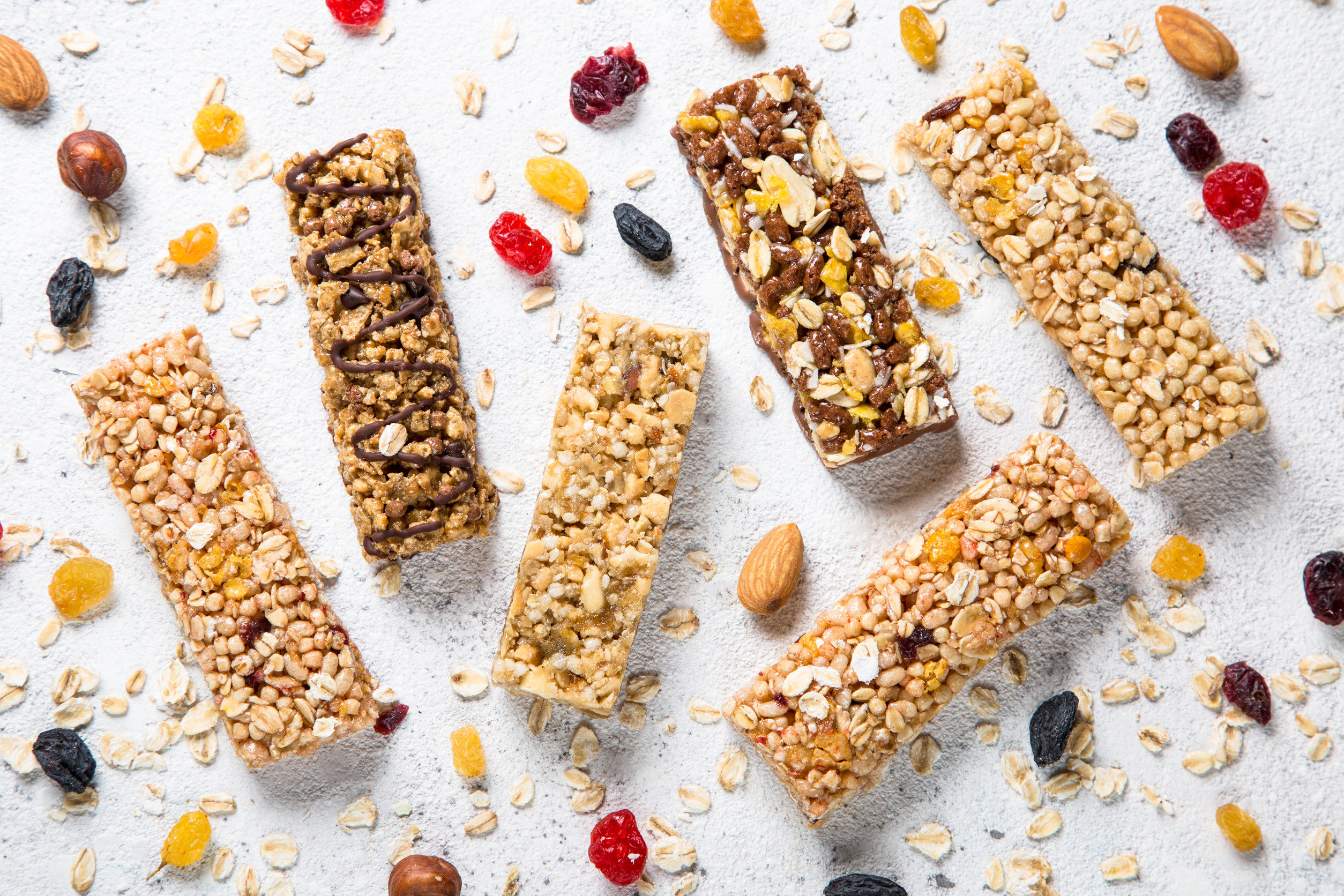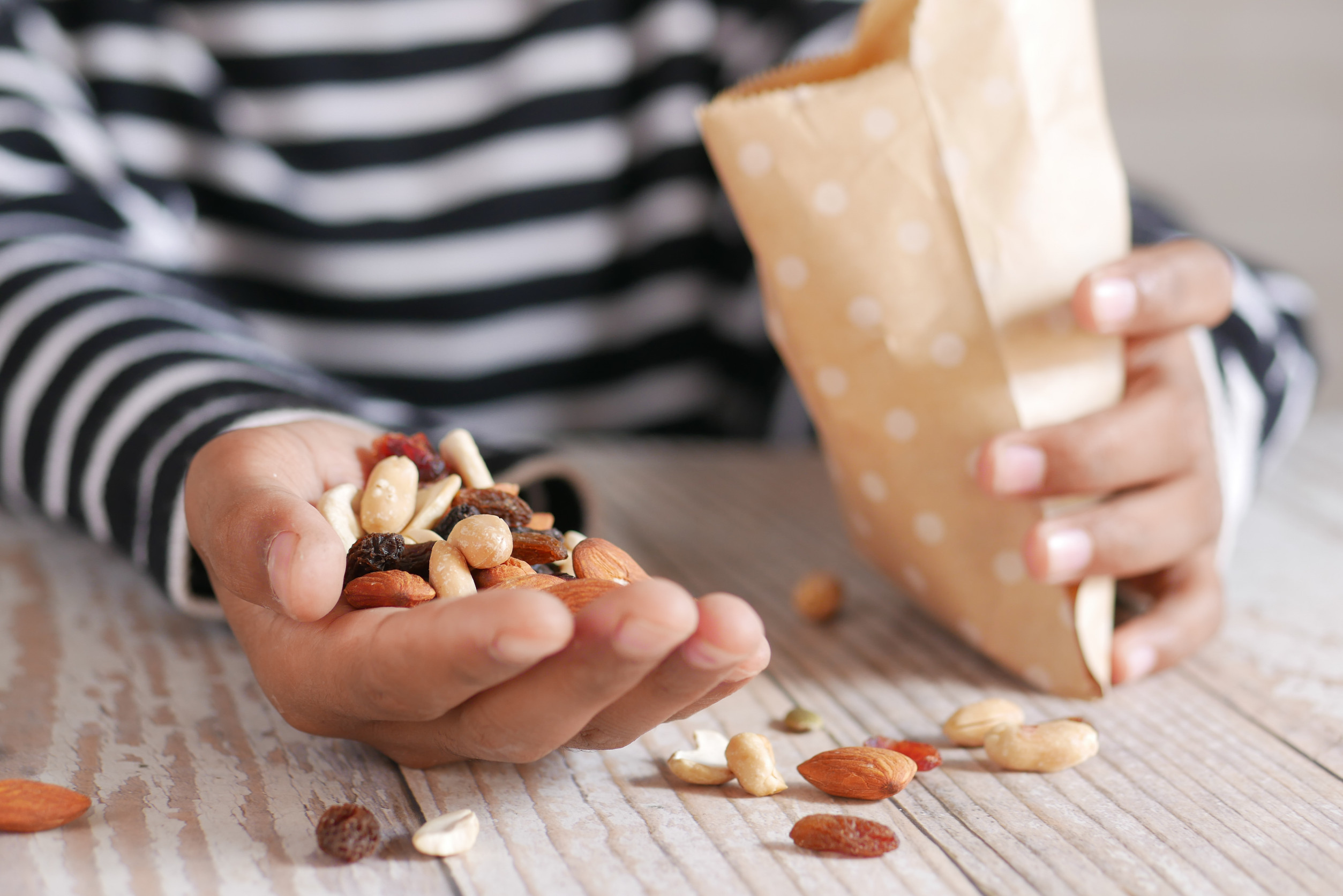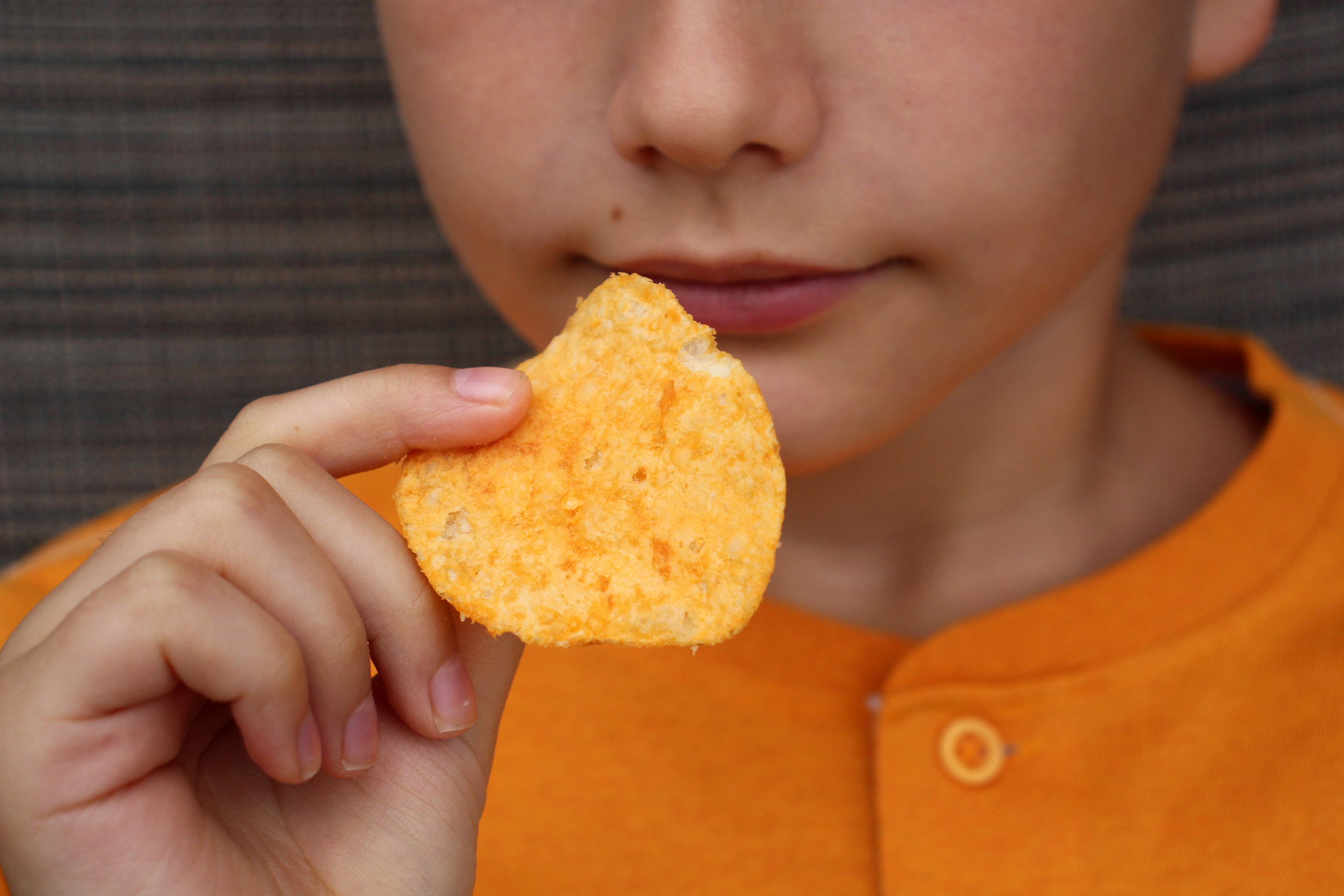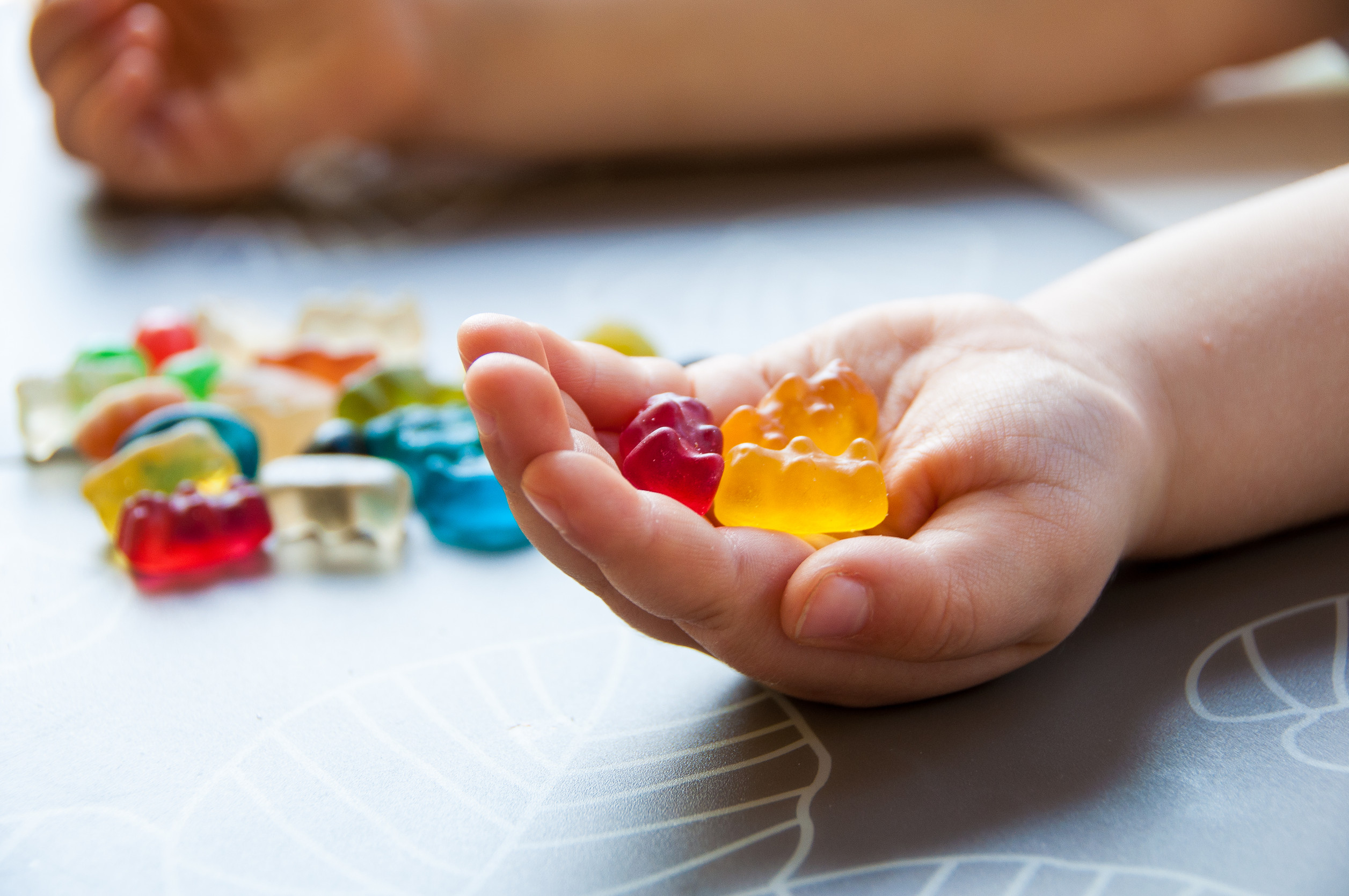It’s easy to assume that if a snack is on store shelves, it must be safe. But in recent months, several widely loved lunch snacks have been quietly pulled from distribution due to contamination risks and labeling issues. If you regularly pack your child’s lunch, knowing which products were recalled could protect your family from serious health concerns. The problem? Many of these recalls didn’t make national headlines. Here’s what every parent should know about recently recalled lunch snacks that might still be lurking in pantries or lunchboxes.
1. Cheese Crackers With Hidden Salmonella Risk
Cheese crackers are a staple in many lunchboxes, but one popular brand faced a recall due to potential salmonella contamination. The recall affected certain batches that were distributed to multiple major retailers, making it easy for parents to miss the warning. While no illnesses were reported at the time of recall, the manufacturer acted out of caution. The concern stemmed from a dairy supplier that flagged possible contamination during routine safety checks. If you bought cheese crackers in bulk, it’s worth double-checking expiration dates and lot numbers.
2. Fruit Pouches Found with Mold Inside
Fruit puree pouches are a go-to snack for younger kids, but several lots from a recognizable organic brand were recently pulled due to mold growth. The company received complaints about discoloration, and internal testing confirmed microbial contamination. Even though the mold posed a minimal health risk, it still triggered upset stomachs in a handful of children. These pouches are often tossed into lunchboxes without a second thought, making it vital to inspect any remaining stock at home. The affected products had expiration dates within a specific three-month window.
3. Granola Bars with Undeclared Allergens
Granola bars are marketed as a healthy lunch snack, but a popular variety had to be recalled when it was discovered that some batches contained peanuts, which weren’t listed on the label. This posed a significant danger to kids with severe peanut allergies. The error was blamed on cross-contamination during manufacturing, and the company swiftly notified the FDA. Parents were advised to discard the bars immediately or return them for a full refund. If your child has food allergies, it’s a good reminder to always scan packaging closely—even on trusted brands.
4. Yogurt Tubes Recalled for Plastic Fragments
Several families were shocked to learn that a beloved kid-friendly yogurt tube was pulled after customers reported finding small plastic fragments inside. Though no injuries were reported, the company voluntarily issued the recall due to the risk of choking or internal injury. These tubes are often frozen and packed as part of school lunches, making the risk even harder to detect before consumption. The issue was traced back to a malfunction in a packaging machine at one production facility. Always inspect prepackaged lunch snacks for any odd textures or shapes before serving.
5. Mini Muffins with Possible Listeria Contamination
Mini muffins often feel like a harmless treat, but a recall linked to listeria fears made waves among parents earlier this year. The baked goods were produced at a facility that later tested positive for listeria monocytogenes, a bacteria that can cause serious illness. Although no confirmed cases were tied to the muffins, they were widely distributed across the U.S. Many parents stock these muffins in bulk for school lunches and after-school snacks, meaning they could still be sitting in pantries or freezers. If you’ve kept unopened packs, check the lot codes and dispose of them if they match the recalled list.
6. Meat Sticks Pulled Over Mislabeling
Meat sticks are a protein-packed option for lunch, but one high-profile brand issued a recall after discovering that their packaging listed incorrect ingredients. In some cases, the meat sticks contained milk or soy—common allergens not mentioned on the label. This mistake raised serious health concerns for kids with dietary restrictions or allergies. The USDA quickly flagged the issue and urged customers to return the affected products. Parents who rely on these for school lunches should verify labels before serving and sign up for allergen-related recall alerts when available.
7. Trail Mix Recalled for Foreign Material
One brand of kid-friendly trail mix faced a recall after consumers found small metal shavings in the mix. This posed obvious dangers, including potential mouth injuries or worse if swallowed. The issue reportedly stemmed from a faulty machine used during the nut processing stage. The affected batches were sold in resealable lunch-sized pouches, making them a common choice for busy families on the go. If you’ve purchased trail mix recently, especially in multi-packs, take a moment to inspect each pouch before adding them to your child’s lunch rotation.
Stay Informed and Snack Safely
Recalls involving lunch snacks can be easy to miss, especially when announcements fly under the radar. But with so many kids relying on packaged snacks every day, it’s essential to stay alert. Take a few minutes each month to check the FDA and USDA recall lists—or sign up for alerts to stay informed automatically. Consider rotating snacks with fresher, homemade options when possible to reduce reliance on processed products. Most importantly, teach your children to speak up if something tastes or smells off in their food.
Have you ever discovered a recalled item in your pantry? Share your experience in the comments—we’d love to hear from you.
Read More:
10 Snacks That Are Making Your Kids Overweight and Unhealthy
6 Lunchbox Ingredients That Can Trigger Allergies Without Warning
Catherine is a tech-savvy writer who has focused on the personal finance space for more than eight years. She has a Bachelor’s in Information Technology and enjoys showcasing how tech can simplify everyday personal finance tasks like budgeting, spending tracking, and planning for the future. Additionally, she’s explored the ins and outs of the world of side hustles and loves to share what she’s learned along the way. When she’s not working, you can find her relaxing at home in the Pacific Northwest with her two cats or enjoying a cup of coffee at her neighborhood cafe.









